The Climate Change Authority’s (CCA) latest annual progress report has revealed that emissions fell by 3 million tonnes of CO2 over 2023–24, which is a fifth of the 15 million tonnes needed to be cut annually to hit the federal government’s target of emissions falling 43% on 2005 levels by 2030.
The CCA states that more needs to be done to speed up the deployment of renewable energy sources.
At the same time, Energy and Climate Change Minister Chris Bowen insists that Australia is still on track to reach the federal government’s 2030 target.
As usual, Greg Jericho at The Australia Institute (TAI) has cried foul that Australia has not lowered its emissions quickly enough.
Wondering how Australia’s emissions reductions targets are going? Greg Jericho explains the data to Amy Remeikis pic.twitter.com/smv0CJbKgx
— Australia Institute (@TheAusInstitute) November 29, 2024
Jericho posted the following charts on Twitter (X) showing how the federal government has juked the emissions statistics by magically increasing the amount of carbon sequestered through land-use.

“One of the worst things about the inclusion of Land Use in the govt’s emissions figures is how dodgy they are”, Jericho said on Twitter (X).
“Last year the govt estimated that from 2005-2024 Land Use accounted for 117MtCO2, this year it estimates Land Use actually reduced emissions by 136MtCO2!”.

The reality is that Australia has zero chance of meeting its carbon emissions targets so long as its population continues to grow like a science experiment via mass immigration (which Greg Jericho perversely supports).
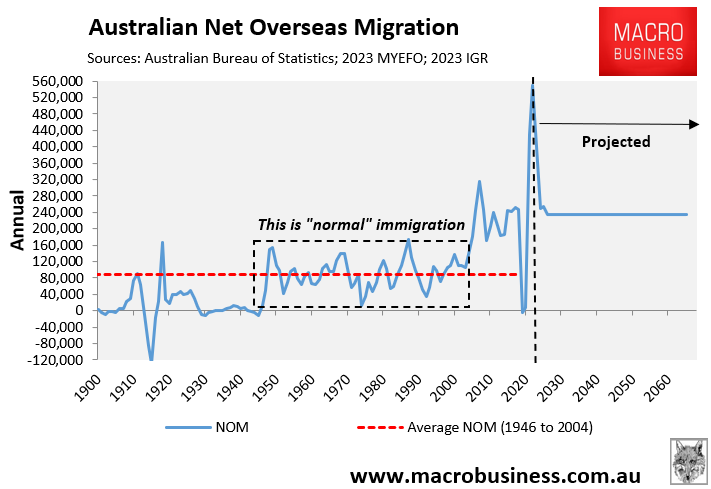
Australia’s population has already expanded by an astonishing 8.5 million people this century and is expected to grow by another 13 million people by 2063.

All of this projected population growth will result from net overseas migration.
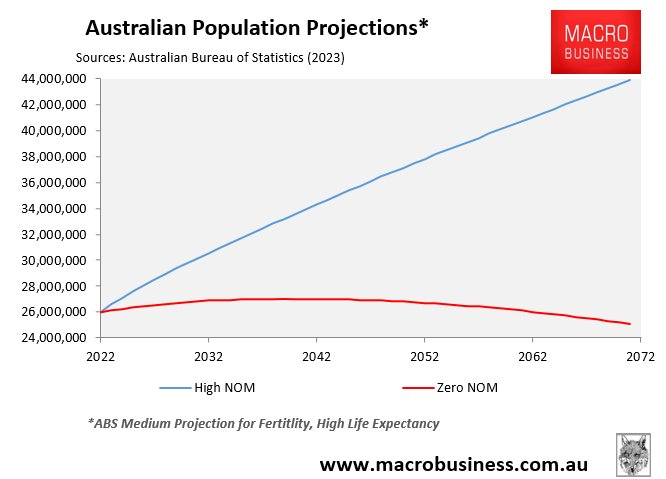
High levels of immigration are associated with higher greenhouse gas emissions due to the increased economic activity required to accommodate the larger population.
This applies to practically all goods and services because they all require fossil fuel energy.
For example, every 100,000 additional arrivals should result in around 70,000 more cars on the road. Given our migrants’ lower wages, they will not be driving expensive EVs (which are environmentally questionable anyway), much to the dismay of the ivory tower occupants of TAI.
Building construction, operation, and maintenance alone account for around one-quarter of Australia’s greenhouse gas emissions.
In fact, MIT estimated that every additional dwelling produces between 15-100 tonnes of CO2 just in construction.
Jericho’s own Guardian newspaper lamented last month that “the building and construction sector is by far the largest emitter of greenhouse gases”. The industry accounts for “a staggering 37% of global emissions”, more than any other single source.
The 2023 Intergenerational Report projects the addition of 13 million people, which will necessitate the construction of at least 5.5 million homes (including demolitions and second homes), millions of additional motor vehicles, and massive infrastructure (including water desalination plants).
This population growth will also necessitate the destruction and paving over of hundreds of thousands of hectares of Australia’s most productive agriculture.
Australia’s projected population growth is enormous. So are the negative environmental consequences.
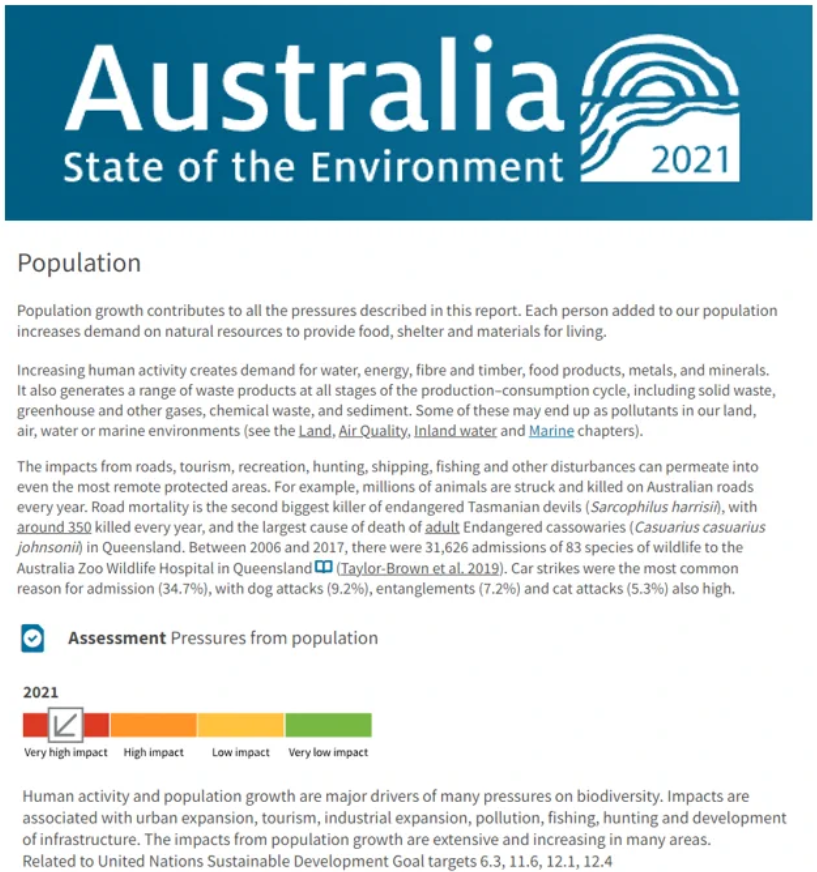
In this regard, the Albanese government’s goal of reducing Australia’s carbon emissions by 43% in 2030 compared to 2005 as part of a transition to “net zero” emissions by 2050 is pure fantasy.
If “net zero” were actually the goal, the federal government would pursue a stable population policy.
Besides, even if Australia magically banned all fossil fuel use and closed down all of its manufacturing industry in the name of “net zero”, it would simply be exported/shifted to China, where emissions are out of control.
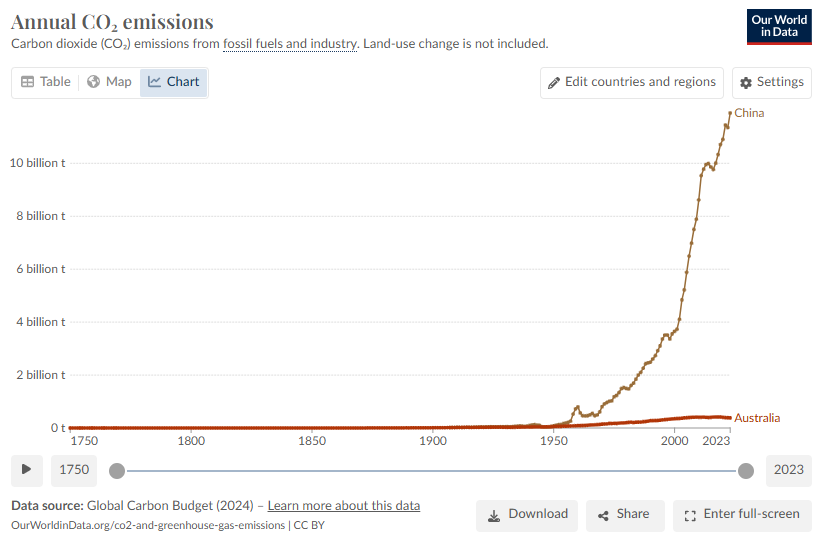
I support using energy more efficiently and reducing waste. But we also need to recognise that Australia is a tiny emitter on the global stage.
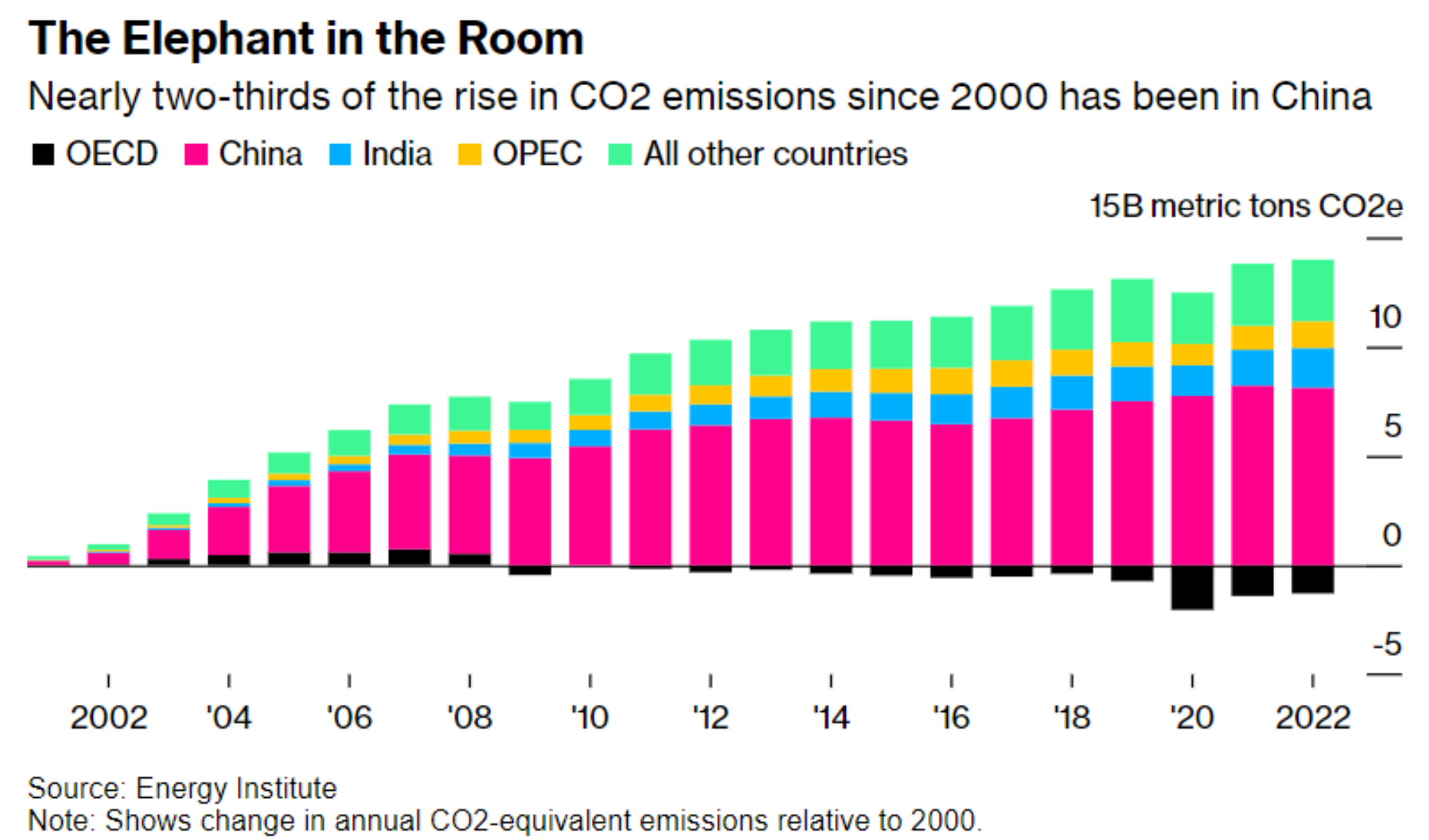
Australia must not destroy itself so that the likes of Greg Jericho can feel virtuous.

